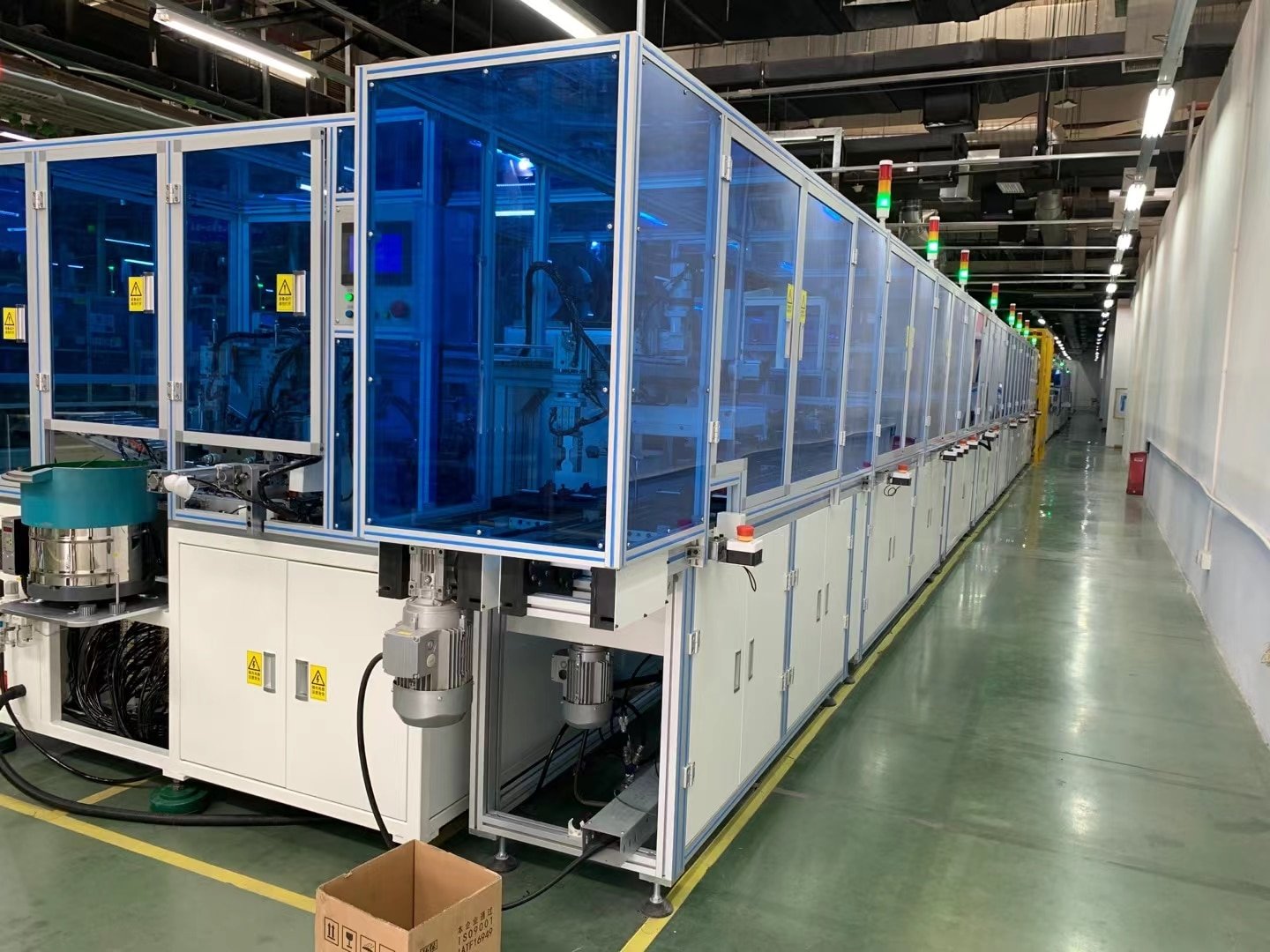Automatic rotor assembly involves numerous processes and methods, including manual, semi-automated, and automated production lines. However, various issues can sometimes lead to suboptimal assembly results. So, what can be done about unsatisfactory rotor assembly results? What are some common solutions? Below, Vacuz will briefly introduce them.

Prilagodite visoko kakovost Drone RC UAV BLDC Motor Core Lamination Fan Brushless Stator Laminated Electric Drone Motor Stator Core
I. Problems and Solutions Caused by Inadequate Equipment Precision
1. Mechanical Positioning Error
Problem Symptoms: Excessive coaxiality between the rotor core, shaft, commutator, and other components, resulting in excessive vibration or noise during operation.
Solutions:
Equipment Calibration: Use a laser alignment tool or micrometer to recalibrate the assembly tooling to ensure consistent positioning datums at each workstation.
Tooling Upgrade: Use high-precision pneumatic fixtures or hydraulic positioning devices to reduce mechanical backlash. For example, replace traditional V-blocks with self-centering chucks to maintain coaxiality within 0.01mm.
2. Sensor Signal Interference
Problem Symptoms: The visual inspection system misjudges part orientation or position, leading to assembly failure.
Solution:
Shielding interference sources: Install a metal shield on the sensor signal line, keeping it away from high-voltage motors or inverters.
Optimizing algorithms: Upgrade the visual inspection software and add anti-interference filtering capabilities. For example, use an edge detection algorithm instead of a grayscale threshold method to improve image recognition stability.
II. Problems and Solutions Caused by Improper Process Parameters
1. Improper Press Force Control
Problem Symptoms: Excessive press force can cause commutator collapse, while insufficient press force can cause poor contact.
Solution:
Dynamic force control: Use a servo press machine. Monitor the press process in real time using the pressure-displacement curve. Set the press force within the 500-800N range and automatically shut down to prevent sudden pressure changes.
Segmented press: For multi-layer rotors, use a multi-stage press process, with the pressure increasing by 10%-15% at each stage.
2. Heating temperature fluctuations
Problem Symptoms: Insufficient core expansion during shrink fit, resulting in interference fit failure.
Solution:
Closed-loop temperature control: Install infrared thermometers at the heating stations to provide real-time temperature feedback to the PLC controller, reducing the heating temperature fluctuation range to ±3°C.
Preheating buffer: Add a preheating station for large rotors to ensure a uniform core temperature rise and reduce thermal stress concentration.
III. Problems and solutions caused by part quality fluctuations
1. Poor dimensional consistency
Problem manifestation: Excessive shaft diameter leads to press-fit jams, or inconsistent commutator slot widths affect winding.
Solution:
Incoming material inspection: Add an automatic sorting machine to conduct 100% inspection of key dimensions and eliminate defective products.
Supplier collaboration: Sign a quality agreement with parts suppliers and require them to provide process capability analysis reports.
2. Surface defects
Problem manifestation: Burrs on the core laminations lead to excessive dynamic balance, or the commutator oxide layer affects conductivity.
Solution:
Online Cleaning: Add an ultrasonic cleaning station before assembly to remove oil, dirt, and burrs.
Plasma Treatment: Perform plasma cleaning on the commutator surface to increase surface activity and strengthen the bond with the enameled wire.
IV. Problems and Solutions Caused by Environmental Interference
1. Vibration Interference
Problem Symptoms: Equipment vibration during assembly can cause part displacement, such as misaligned magnets.
Solution:
Vibration Isolation Foundation: Install the assembly line on an independent vibration isolation platform, controlling the vibration acceleration to ≤ 0.05g.
Active Vibration Reduction: Use air-floating vibration isolation platforms for precision workstations, with an isolation frequency range of 1-100Hz.
2. Uncontrolled Temperature and Humidity
Problem Symptoms: High temperatures can cause grease deterioration, or high humidity can cause short circuits in electronic components.
Solution:
Constant Temperature Workshop: Maintain an assembly environment temperature of 20-25°C and a humidity of 40%-60%.
Local Protection: Add protective covers to sensitive workstations to prevent condensation.
V. Systematic Optimization Solutions
1. Digital Monitoring
Implementing an MES system: Collect equipment operating data in real time, generate SPC control charts, and predict equipment wear trends in advance.
Abnormal Warning: Set thresholds for key parameters to automatically trigger alarms and send notifications to maintenance personnel via a mobile app.
2. Error-Proofing Design (Poka-Yoke)
Part Poka-Yoke: Design asymmetric positioning structures for the shaft and commutator to prevent reverse assembly.
Process Interlocking: Automatically lock subsequent workstations if the preceding process fails.
3. Personnel Skill Improvement
Virtual Commissioning Training: Use VR technology to simulate the assembly process, allowing operators to familiarize themselves with equipment operation and error handling.
Standardized Operations: Develop SOPs to clearly define the operating procedures and parameter settings for each workstation.

BLDC Armature Rotor tuljave proizvodna linija
We hope the above information provides effective solutions to the problems you may encounter during automated rotor assembly. If you have any other needs regarding assembly technology, equipment optimization, or process improvement, or if you have any feedback on the current content, please feel free to let Vacuz know so that we can provide you with more comprehensive support.
E-naslov: sales@vacuz.com





